How to do cuttings
wantonamara Z8 CenTex
9 years ago
Featured Answer
Sort by:Oldest
Comments (12)
violetwest
9 years agowantonamara Z8 CenTex
9 years agoRelated Professionals
Holly Springs Landscape Architects & Landscape Designers · Ashburn Landscape Architects & Landscape Designers · Barrington Hills Landscape Architects & Landscape Designers · Essex Landscape Architects & Landscape Designers · Anderson Landscape Contractors · Goodyear Landscape Contractors · Americus Landscape Contractors · Federal Way Landscape Contractors · Harvey Landscape Contractors · Wayland Landscape Contractors · West Chester Window Contractors · Holly Hill Window Contractors · Lakewood Window Contractors · San Ramon Window Contractors · Westchester Window Contractorswantonamara Z8 CenTex
9 years agoChristopher (Dallas Garden) Miller
9 years agowantonamara Z8 CenTex thanked Christopher (Dallas Garden) Millerroselee z8b S.W. Texas
9 years agowantonamara Z8 CenTex
9 years agopurslanegarden
9 years agolast modified: 9 years agoUser
9 years agowantonamara Z8 CenTex
9 years agobriaustex
9 years ago
Related Stories
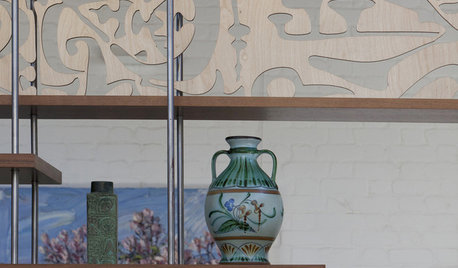
REMODELING GUIDESCutting Edge: Futuristic Laser-Cut Designs
Intricate laser-cut works add dimension and surprise to interior designs
Full Story
HOLIDAYSHow to Care for Your Christmas Tree
Keep your tree looking lush until the last ornament is packed away with these tips for watering, using stands and more
Full Story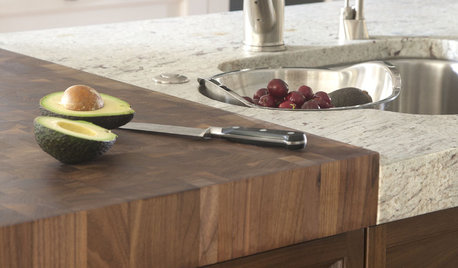
KITCHEN DESIGNKitchen Counters: Try an Integrated Cutting Board for Easy Food Prep
Keep knife marks in their place and make dicing and slicing more convenient with an integrated butcher block or cutting board
Full Story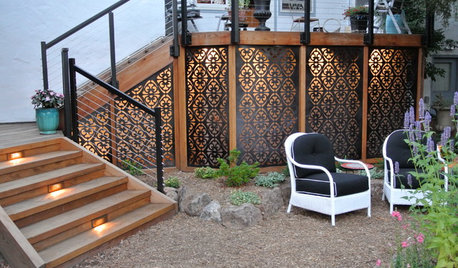
THE ART OF ARCHITECTURELaser-Cut Focus: The Future of Design Is Here
Discover how this laser technology can make almost any pattern a reality
Full Story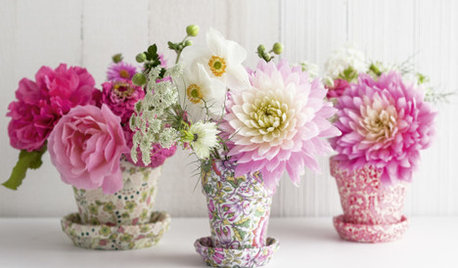
DIY PROJECTSHow to Make Cut Flowers Last Longer
Do your store-bought flowers fade too soon? Get expert advice on helping them stay fresh
Full Story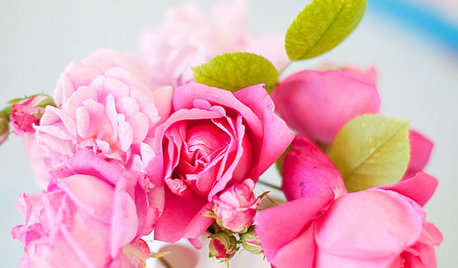
BUDGET DECORATINGSimple Pleasures: Treat Yourself to Cut Flowers
Enjoy priceless beauty with just a few inexpensive stems — and you don’t need fancy vases, either
Full Story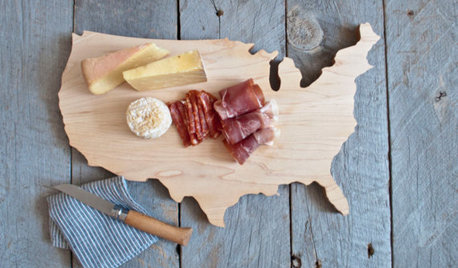
PRODUCT PICKSGuest Picks: Chop Chop! 20 Cutting Boards Too Good to Miss
Any way you slice it, these cutting boards, chopping blocks and serving boards are both artful and practical
Full Story
SHOP HOUZZShop Houzz: Cutting-Edge Crystal
Make cut crystal a shining addition to your home
Full Story0

KITCHEN DESIGNButcher Block Makes the Cut for Holiday Kitchen Prep
Countertops and cutting boards will likely take a beating over the holidays. These butcher blocks have the chops to perform under pressure
Full Story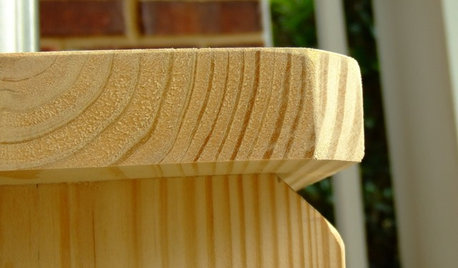
DIY PROJECTSCutting Corners: Miters Spruce Up Woodworking Projects
These basic woodworking cuts add another dimension to simple corners
Full Story





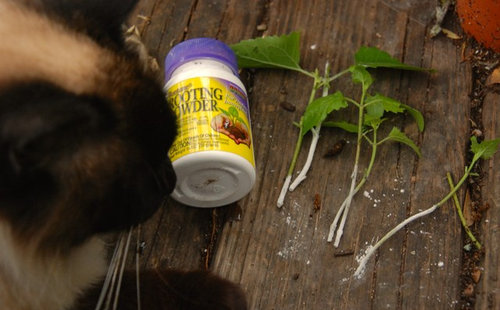



bostedo: 8a tx-bp-dfw